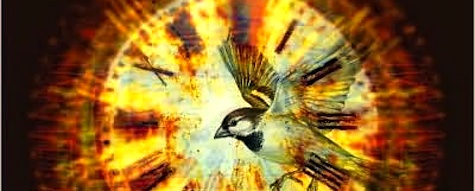
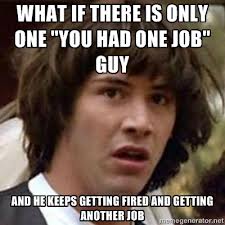
Haunting the Web Since 1999


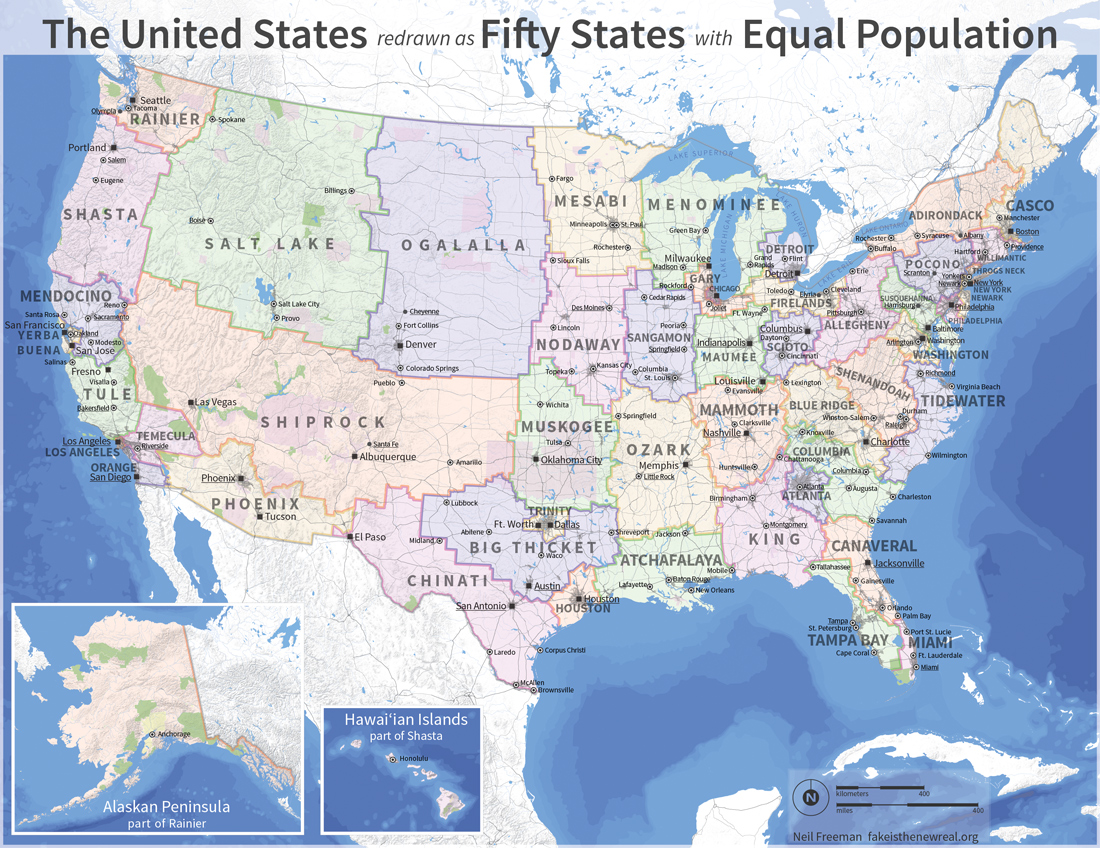
A lot of people may dream of a new America, but artist Neil Freeman has actually drawn one up, with the aid of some number-crunching algorithms. “Keep in mind that this is an art project, not a serious proposal, so take it easy with the emails about the sacred soil of Texas.”
Update: Harlem is not amused.
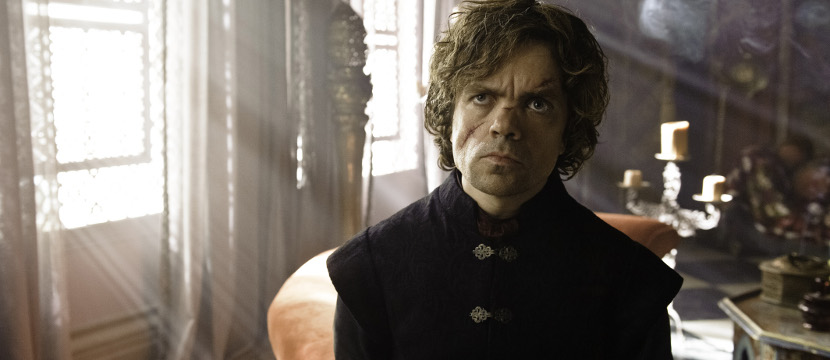
I get the feeling X:DFP is either going to be amazing or an overstuffed Last Stand-like disaster. Still, it’s yet another testament to just how decisively fanboys have won the culture war when they’re making a movie of one of the most iconic X-Men tales with both casts from the previous films — the McAvoy/Fassbender/Lawrence team of First Class and the Stewart/McKellen/Jackman team of the first three films. An ensemble movie and no mistake.
Update: Even more X-Men: Now Singer is teasing the return of Cyclops and Jean Grey.
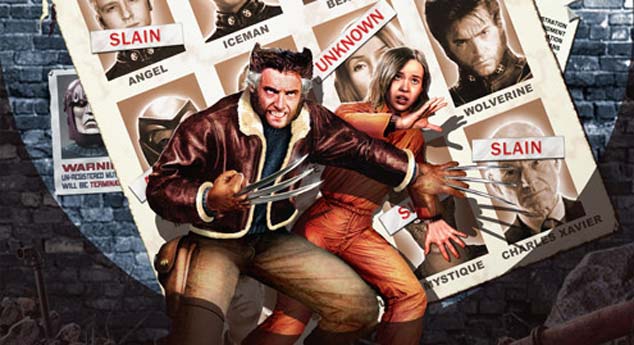

Data from Kepler’s Space Telescope suggests that an estimated 6% of red dwarf stars have planets in the habitable zone, meaning, statistically, we are basically surrounded by inhabitable worlds. “Our Sun is surrounded by a swarm of red dwarf stars. About 75 percent of the closest stars are red dwarfs.”
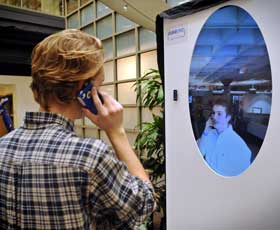

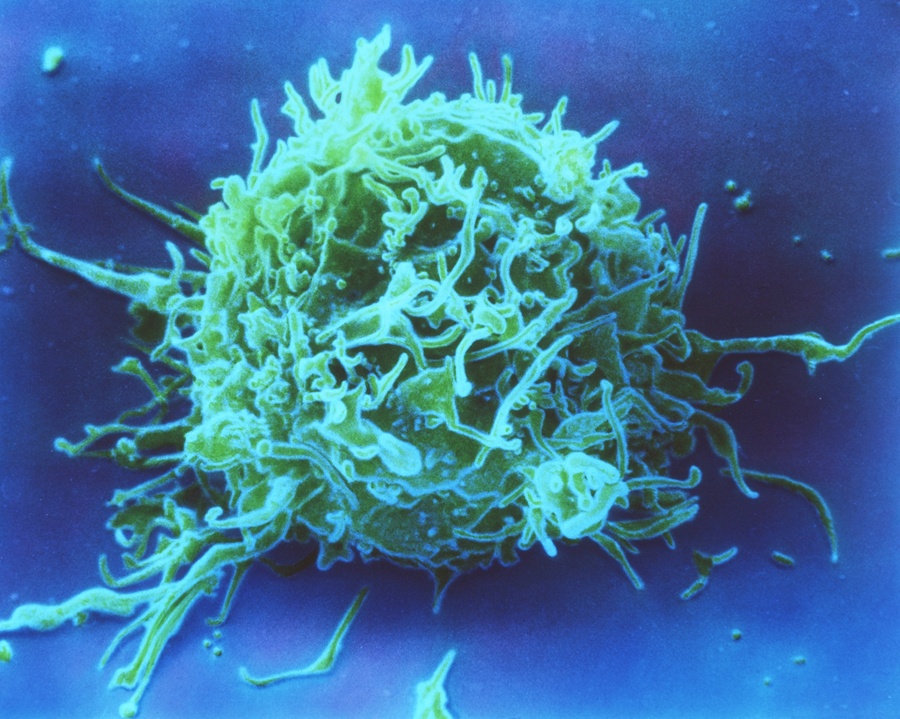
A novel path of brain research suggests our immune system may play a key role in determining intelligence. “The same T cells that protect the brain from inflammation also work to keep us sharp; and in what appears to be a feedback loop, the mere act of learning reinforces the effect.”
Also in decoding-the-brain news, Japanese scientists visually capture the creation of a zebrafish’s thought. “[W]e shouldn’t play this down: this is a fundamental leap forward in our understanding of how brains work.”
